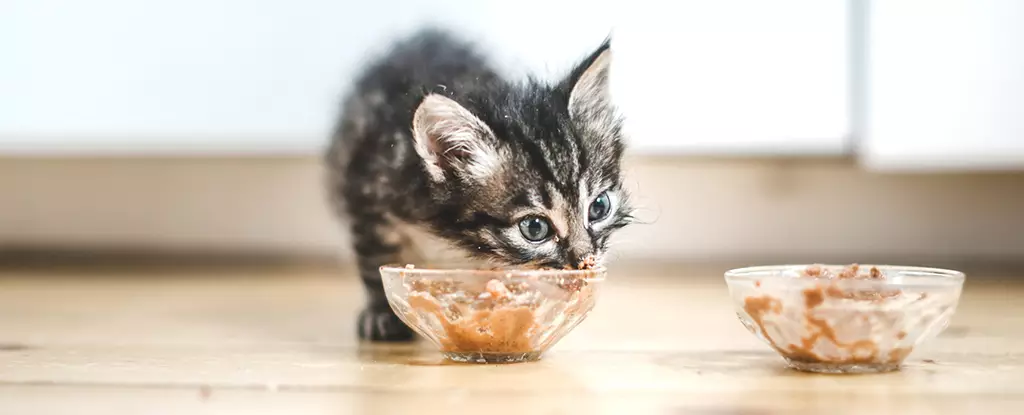The recent outbreak of H5N1 bird flu among domestic cats in Los Angeles County serves as a troubling reminder of the interconnectedness of animal health and public health. This situation has not only highlighted the tragic loss of beloved pets but also raised important questions regarding the safety of pet food and the potential risks to human health. In this article, we will delve into the details of the outbreak, its implications, and what pet owners can do to protect their animals.
The Outbreak: A Tragic Reality for Cat Owners
Reports indicate that at least six cats in Los Angeles County have succumbed to H5N1. These cases emerged primarily from cats consuming raw pet food or raw milk contaminated with the virus. A household that had five indoor cats suffered devastating losses; two of the cats died after ingesting raw food from brands linked to the outbreak. Remarkably, all five cats displayed sudden and severe clinical symptoms, demanding immediate veterinary intervention, which in two cases culminated in euthanasia as a humane choice due to the extent of their suffering.
Confirmatory testing revealed that one of the commercially available raw food brands, specifically ‘Monarch Raw Pet Food,’ was indeed hosting living H5N1 virus particles. This emphasizes the inherent dangers associated with raw diets for pets, particularly when sourced without proper scrutiny. Additionally, another case involving a single cat within an indoor setting revealed similar results, prompting concerns when multiple brands of raw pet food were implicated. Notably, five more cats from different households died after consuming raw milk that was later recalled due to being infected with the virus.
Despite the rarity of influenza A infections in felines, the confirmed cases in Los Angeles County represent a significant health concern. Notably, these incidents are not isolated; similar cases are being reported across California and other states. This creates a sense of urgency as each confirmed case illuminates how the H5N1 virus may mutate or spread across species, thereby escalating the potential risks presented to both animals and humans.
Health authorities, including the Los Angeles County Department of Public Health (LACDPH), have stated that there is currently no evidence of person-to-person transmission of H5N1. However, they caution that individuals who have close contact with at-risk animals, such as infected cats or wild birds, may face greater exposure risk. In the United States, there have been a total of 66 confirmed human cases of H5N1, with one reported fatality. This situation amplifies the urgency for public health measures to be taken seriously.
To mitigate the risk of H5N1 and safeguard pets, pet owners must adjust their feeding practices and stay informed about potential health threats. The advice is clear: avoid feeding animals raw milk, raw meat, raw poultry, or commercially available raw pet foods. The risks associated with these dietary choices extend beyond just the potential for bird flu; raw diets can carry various pathogens that may harm pets and potentially affect humans.
Moreover, vigilance around food recalls is crucial. Pet owners are encouraged to check official resources like the FDA’s Recalls, Market Withdrawals, & Safety Alerts website, filtering specifically for ‘Animal and Veterinary’ products. Awareness can play a foundational role in preventing further infections in household pets and, by extension, reducing the risk to humans.
Recognizing the symptoms associated with H5N1 infection in pets is equally essential. Symptoms may include fever, lethargy, loss of appetite, or distinctive neurological signs such as disorientation or seizures. Pet owners should remain alert to these indicators, particularly if there is a possibility that the pet has been exposed to raw food products or may have come into contact with infected animals.
The emergence of H5N1 among domestic cats serves as a grave wake-up call for pet owners and public health officials alike. By fostering awareness of the inherent dangers surrounding certain pet foods and emphasizing proactive measures, we can collectively work towards protecting our beloved pets and ensuring public health is maintained. It serves as a pertinent reminder that the health of our pets is intricately linked to broader environmental and health concerns; careful vigilance and responsible pet ownership are more important than ever in navigating these challenges.


Leave a Reply